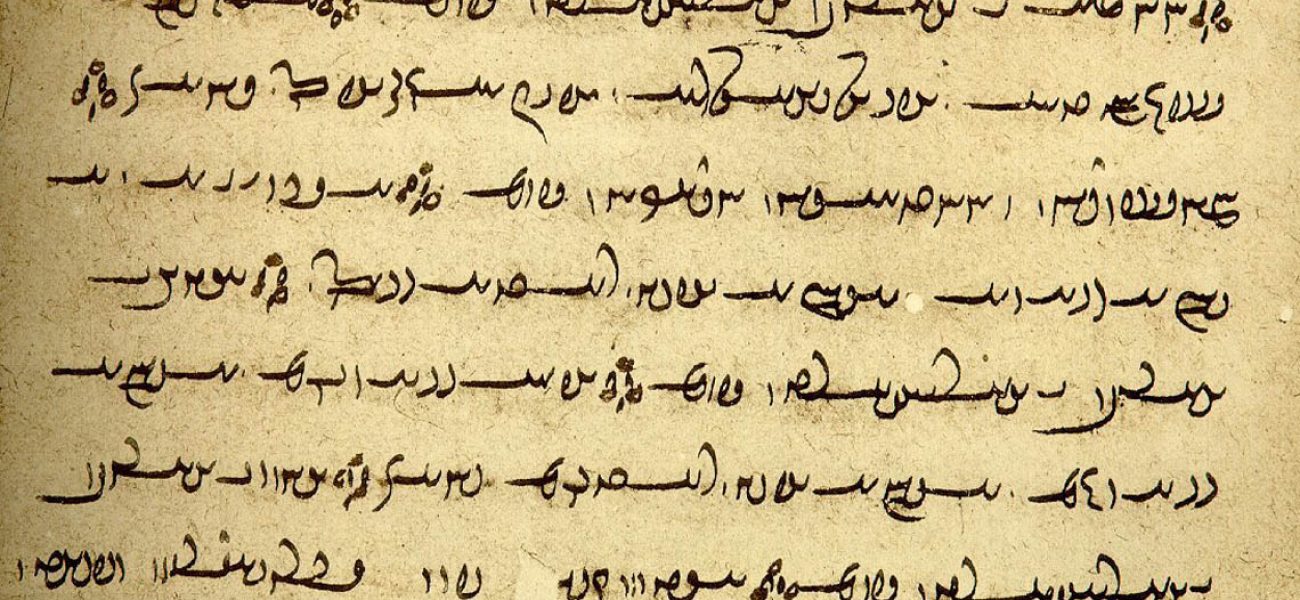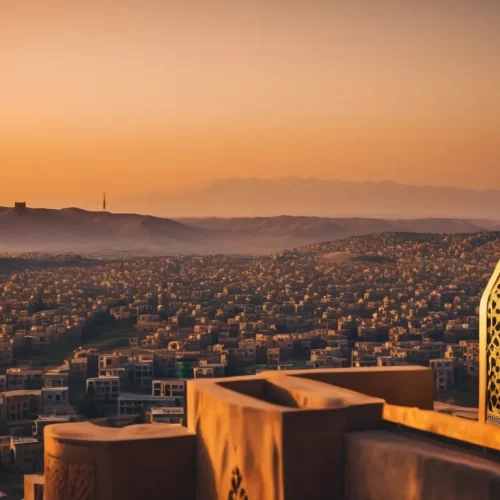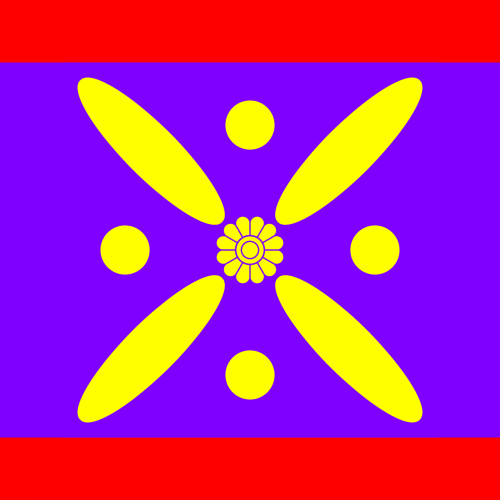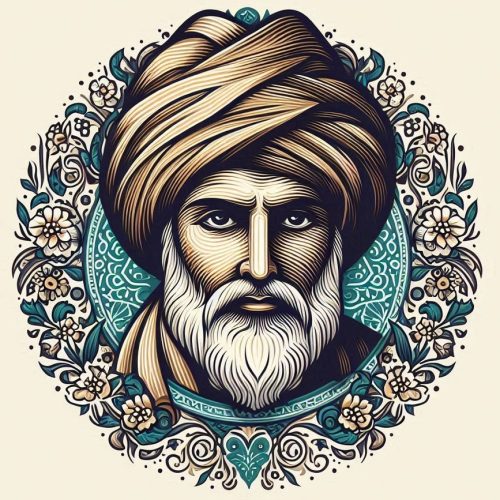The Persian language, also known as Farsi, is a linguistic treasure trove that traces its roots back thousands of years. As a Western Iranian language belonging to the Iranian branch of the Indo-Iranian subdivision of the Indo-European languages, Persian has played a pivotal role in shaping the cultural, literary, and intellectual landscape of Iran and beyond. In this research article, we embark on a journey through the history, structure, and influence of the Persian language, exploring its rich linguistic heritage and enduring legacy.
A Brief Historical Overview
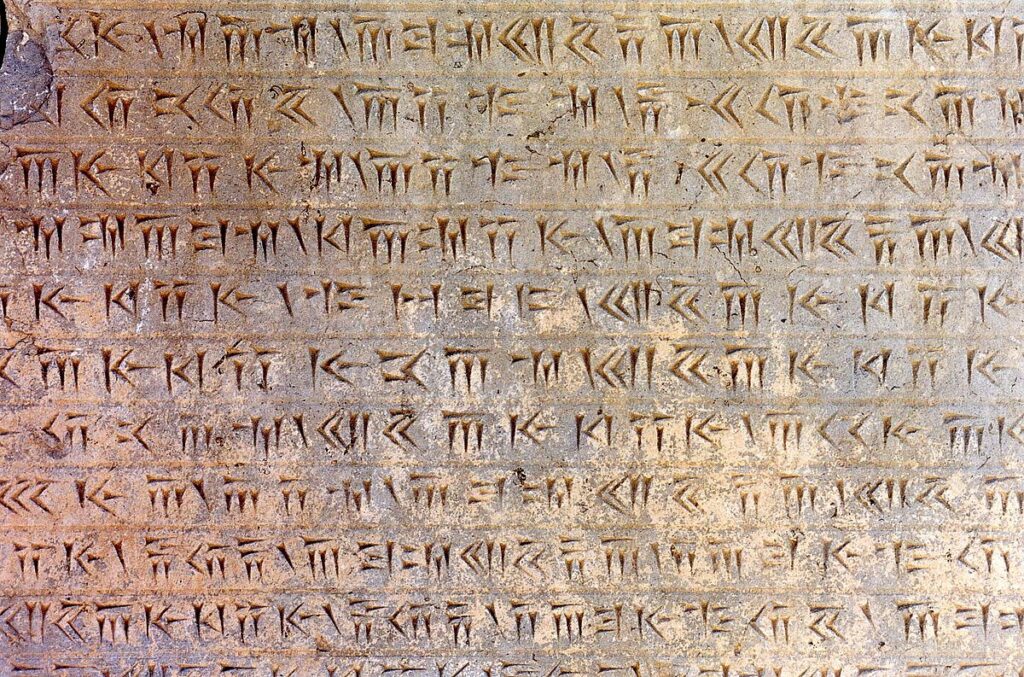
The history of the Persian language is a fascinating tale that unfolds over millennia, reflecting the intricate interplay of cultural, political, and linguistic dynamics in the ancient Near East.
Early Origins
The roots of Persian can be traced back to the Proto-Indo-Iranian language spoken by the Indo-Iranian peoples who migrated from the Eurasian steppes to the Iranian plateau around the 2nd millennium BCE. Over time, this ancestral language evolved into distinct dialects, laying the groundwork for the emergence of Old Persian, the earliest attested form of the language.
Old Persian and the Achaemenid Empire
Old Persian, also known as Avestan, was the language of the Achaemenid Empire (circa 550–330 BCE), one of the largest and most influential empires of the ancient world. Inscriptions in Old Persian, written in the cuneiform script, provide valuable insights into the political, administrative, and cultural achievements of the Achaemenid rulers, including Cyrus the Great and Darius the Great. These inscriptions, found on monuments such as the famous Behistun Inscription, attest to the spread of the Persian language and its use as a medium of communication and record-keeping throughout the empire.
Middle Persian and the Sassanian Empire
Following the decline of the Achaemenid Empire, Persian underwent significant changes during the Sassanian period (224–651 CE), evolving into Middle Persian (Pahlavi). Middle Persian became the language of administration, literature, and religious discourse in the Sassanian Empire, serving as a vehicle for the transmission of Zoroastrian religious texts, epic poetry, and courtly literature. The Sassanian kings, such as Khosrow I Anushirvan, patronized the arts and scholarship, fostering a rich cultural and literary renaissance that elevated Middle Persian to new heights of sophistication and refinement.
Islamic Conquest and the Rise of New Persian
With the Arab-Muslim conquest of Persia in the 7th century CE, Middle Persian gradually gave way to New Persian (Farsi), as Arabic became the language of administration and Islam the dominant religion. However, Persian maintained its cultural and literary prestige, adapting to the new linguistic and religious context while preserving its distinct identity and heritage. The early centuries of Islamic rule witnessed a flourishing of Persian literature, with poets such as Rudaki, Ferdowsi, and Omar Khayyam laying the foundations for the classical Persian literary tradition.
Modern Persian and Beyond
Over the centuries, Persian continued to evolve and adapt, absorbing vocabulary, grammatical structures, and stylistic influences from Arabic, Turkish, and other languages. The Safavid period (1501–1736) marked a golden age of Persian poetry, art, and architecture, as Persian became the lingua franca of a vast empire stretching from Anatolia to Central Asia. In the modern era, Persian underwent further changes and standardization, with efforts to modernize the language and promote literacy and education among the masses.
The historical journey of the Persian language is a testament to the resilience, adaptability, and cultural vitality of the Iranian people. From its ancient roots in the Indo-European family of languages to its modern-day expressions, Persian continues to captivate and inspire with its rich linguistic heritage and enduring legacy.
Structural Features of Persian
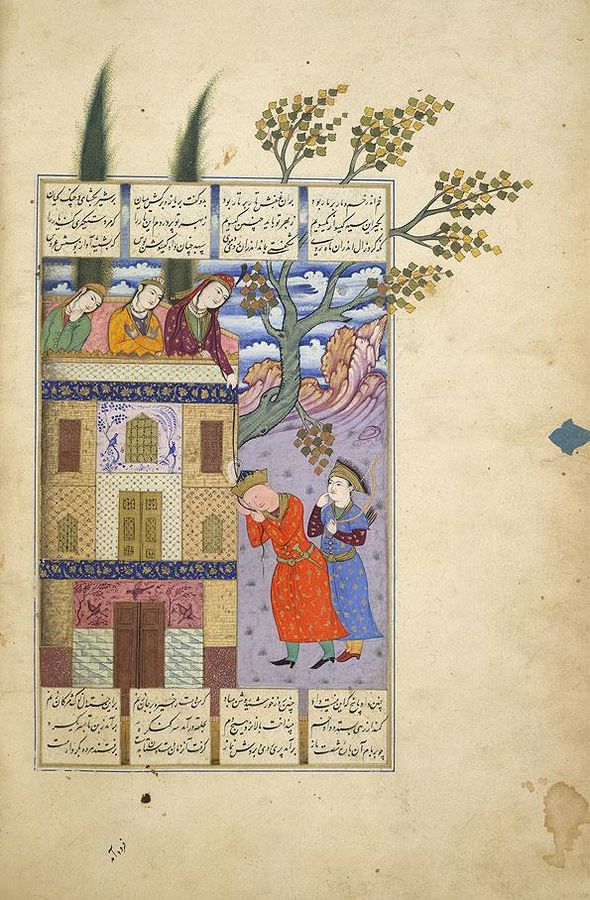
Phonology
Persian phonology is characterized by a relatively simple vowel system and a moderately complex consonant inventory. The language has six vowel phonemes, including three short vowels (a, e, o) and three long vowels (ā, ē, ō), which can be contrasted for length. Consonant sounds in Persian include stops, fricatives, nasals, and approximants. Notably, Persian does not have a distinction between voiced and voiceless stops or fricatives, making it phonetically simpler in comparison to some other Indo-European languages.
Morphology
Persian morphology is predominantly agglutinative, meaning that words are formed by adding affixes to a root or stem. Verbs in Persian are conjugated for tense, aspect, mood, and person, with different suffixes indicating these grammatical categories. Nouns, adjectives, and pronouns are inflected for case, number, and gender. Persian also has a rich system of derivational morphology, allowing for the creation of new words through prefixes, suffixes, and compounding.
Syntax
Persian syntax follows a subject-object-verb (SOV) word order, which is typical of Indo-Iranian languages. Sentences in Persian are typically structured with the subject first, followed by the object and then the verb. However, this word order can be flexible, especially in poetic and literary contexts. Persian employs postpositions rather than prepositions to indicate grammatical relationships, and modifiers generally follow the nouns they modify. Additionally, Persian uses a system of case markers to indicate grammatical relations, although these markers are often omitted in colloquial speech.
Lexicon
The Persian lexicon is a rich amalgamation of words derived from various linguistic sources, including Old Persian, Arabic, Turkic, and European languages. While the core vocabulary of Persian is of Iranian origin, the language has borrowed extensively from Arabic, particularly in domains such as religion, science, and administration. Persian has also incorporated loanwords from other languages through cultural contacts and historical interactions, resulting in a diverse and multifaceted lexicon that reflects the linguistic and cultural history of Iran.
Writing System
The Persian writing system is based on the Arabic script, with additional letters and diacritical marks to represent phonetic distinctions not present in Arabic. The Persian alphabet consists of 32 letters, including 28 consonants and 4 long vowels, and is written from right to left. Short vowels are typically not represented in writing, although diacritical marks (vowel signs) may be used to indicate vowel sounds in certain contexts. The script has undergone modifications over time to accommodate the phonetic requirements of Persian, resulting in a distinctive and elegant writing style that is widely used in Iran and other Persian-speaking regions.
The structural features of the Persian language reflect its Indo-European heritage, with a complex system of morphology, syntax, and phonology that has evolved over millennia. Despite its complexity, Persian is renowned for its beauty, elegance, and poetic expressiveness, making it a cherished symbol of Iranian culture and identity.
Dialectal Variations
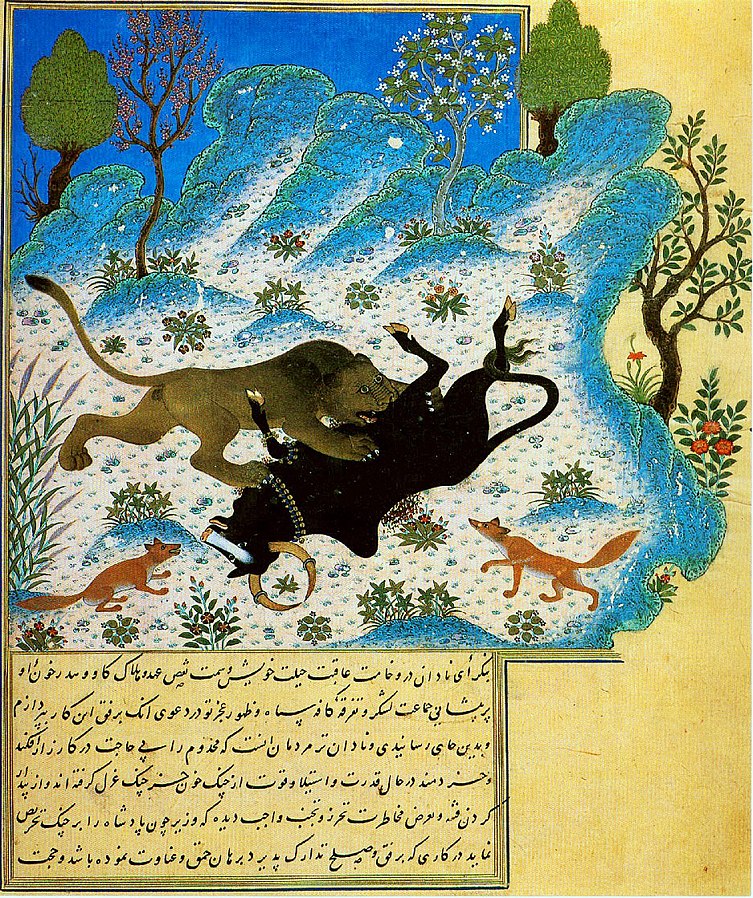
Dialectal variations within the Persian language add further depth and richness to its linguistic landscape. While Persian serves as the official language of Iran and is widely understood and spoken throughout the country, there are notable regional differences in pronunciation, vocabulary, and grammar. These dialectal variations are influenced by geographical factors, historical interactions, and cultural nuances, resulting in distinct linguistic identities across different regions of Iran and among Persian-speaking communities outside the country.
Western Persian (Farsi)
Western Persian, commonly referred to as Farsi, is the standardized form of Persian spoken in Iran and serves as the official language of the country. Farsi is primarily based on the dialect spoken in the capital city, Tehran, and its surrounding areas. This dialect is characterized by its soft pronunciation of consonants, simplified grammar, and extensive use of loanwords from Arabic and French. Farsi is the most widely taught and studied variant of Persian, both domestically and internationally, and serves as the primary medium of communication in government, media, education, and literature.
Eastern Persian (Dari)
Eastern Persian, known as Dari, is spoken primarily in Afghanistan and serves as one of the country’s official languages. Dari is closely related to Farsi but exhibits some distinct phonological, lexical, and grammatical features. Dari speakers tend to pronounce certain sounds differently from their Iranian counterparts and use vocabulary that reflects Afghanistan’s cultural and historical ties with Central Asia and the Indian subcontinent. Despite these differences, Dari and Farsi are mutually intelligible, allowing speakers of one dialect to understand and communicate with speakers of the other.
Tajik Persian
Tajik Persian is spoken in Tajikistan and parts of Uzbekistan and serves as the official language of Tajikistan. This dialect, also known as Tajiki, has been influenced by Russian and Uzbek languages due to historical and geopolitical factors. Tajiki Persian retains many archaic features of the Persian language and maintains closer ties to classical Persian literature and poetry compared to other dialects. Tajiki speakers use a modified version of the Cyrillic alphabet for writing, although efforts to reintroduce the Persian script are underway.
Regional Dialects
Within Iran, there are numerous regional dialects of Persian spoken in different provinces and rural areas. These dialects vary in terms of pronunciation, vocabulary, and grammar, reflecting local customs, traditions, and cultural influences. For example, the Persian spoken in the northern provinces of Gilan and Mazandaran features distinct phonetic characteristics and lexical items influenced by the Caspian Sea region’s unique cultural heritage. Similarly, the dialects spoken in the southern provinces of Fars and Khuzestan exhibit differences in pronunciation and vocabulary shaped by the regions’ historical and geographical contexts.
Despite these dialectal variations, standard Persian, based on the Tehran dialect, serves as the common literary and educational language across Iran and provides a unifying linguistic identity for Persian speakers worldwide. Nonetheless, the diversity of dialects within the Persian language adds richness and complexity to its cultural heritage, highlighting the dynamic interplay between regional identity and linguistic unity in Iran and the broader Persian-speaking world.
Literary and Cultural Significance

The literary and cultural significance of the Persian language transcends borders and spans centuries, making it a cornerstone of Iran’s cultural heritage and a cherished symbol of artistic expression and intellectual thought. Persian literature, in particular, holds a revered place in world literature, renowned for its poetic beauty, philosophical depth, and narrative richness. From epic poetry and mystical Sufi literature to historical chronicles and lyrical verse, Persian literature encompasses a diverse array of genres and themes that reflect the complexity and sophistication of Iranian culture.
Classical Persian Poetry
At the heart of Persian literature lies its rich tradition of poetry, which dates back over a millennium and has produced some of the world’s most celebrated poets and literary works. Classical Persian poetry reached its zenith during the medieval period, with poets such as Ferdowsi, Rumi, Hafez, Saadi, and Omar Khayyam leaving an indelible mark on world literature. Ferdowsi’s “Shahnameh” (The Book of Kings), an epic poem recounting the mythical and historical past of Iran, stands as a masterpiece of Persian literature and a testament to the enduring power of storytelling. Rumi’s mystical poetry, collected in works such as the “Masnavi” and the “Divan-e Shams-e Tabrizi,” explores themes of love, spirituality, and human consciousness, inspiring readers across cultures and generations. Hafez, known for his exquisite ghazals (lyric poems), captivates audiences with his profound insights into the human condition and the mysteries of existence, while Saadi’s “Gulistan” (The Rose Garden) and “Bustan” (The Orchard) offer moral and ethical guidance through poignant anecdotes and allegorical tales.
Sufi Literature
Persian literature has long been intertwined with Sufism, the mystical tradition of Islam, which emphasizes the inward journey of the soul towards spiritual enlightenment and union with the Divine. Sufi poets and mystics, such as Attar, Sanai, and Ibn Arabi, have made significant contributions to Persian literature through their mystical writings, known as “mathnawis” and “diwans,” which explore themes of divine love, ecstasy, and spiritual transformation. These works blend poetic imagery, allegorical narratives, and philosophical insights to convey the ineffable experiences of the mystical path, inspiring readers to seek deeper meaning and connection in their lives.
Historical Chronicles and Prose
In addition to poetry, Persian literature encompasses a rich tradition of historical chronicles, philosophical treatises, and prose writings that offer valuable insights into Iran’s cultural, intellectual, and political history. Historians such as Ibn Khaldun, Rashid al-Din, and Nizami Aruzi have chronicled the rise and fall of dynasties, the achievements of scholars and artists, and the cultural exchanges between East and West, shaping our understanding of Iran’s past and its place in the wider world. Philosophers and scholars, including Avicenna (Ibn Sina), Nasir al-Din al-Tusi, and Mulla Sadra, have contributed to Persian literature through their philosophical treatises, scientific works, and theological discourses, advancing knowledge and inquiry in diverse fields of study.
Influence on World Literature
The influence of Persian literature extends far beyond the borders of Iran, inspiring writers, artists, and intellectuals around the world. Persian poetry, in particular, has been translated into numerous languages and continues to captivate readers with its universal themes and timeless beauty. The works of Rumi, Hafez, and Omar Khayyam, in particular, have enjoyed widespread popularity and acclaim, influencing Western literature and culture through translations, adaptations, and literary movements. The lyrical elegance, spiritual depth, and philosophical wisdom of Persian literature continue to resonate with audiences across cultures, fostering dialogue, empathy, and appreciation for the diversity of human experience.
The literary and cultural significance of the Persian language lies in its ability to transcend boundaries and touch the hearts and minds of people around the world. Through its poetry, prose, and philosophical inquiry, Persian literature illuminates the human condition, celebrates the beauty of language, and enriches our understanding of the world and ourselves. As a testament to the enduring power of artistic expression and intellectual creativity, Persian literature stands as a timeless legacy of Iran’s cultural heritage and a source of inspiration for generations to come.
Influence and Global Reach

The influence and global reach of the Persian language extend far beyond the borders of Iran, encompassing diverse regions and cultures across the Middle East, Central Asia, and beyond. Throughout history, Persian has served as a prestigious literary and cultural language, facilitating communication, trade, and intellectual exchange among diverse linguistic and ethnic communities. Its rich literary tradition, profound philosophical insights, and artistic sophistication have left an indelible mark on world literature, shaping the literary and cultural landscape of the regions where it has been spoken and studied.
Cultural Exchange and Diplomacy
Persian has played a central role in cultural diplomacy and intellectual exchange throughout the Islamic world, serving as a common language of communication and cultural expression among diverse ethnic and linguistic groups. The patronage of Persian literature and scholarship by Islamic rulers and dynasties, such as the Abbasids, Seljuks, and Mughals, facilitated the spread of Persian culture and civilization across vast territories, from the Mediterranean to the Indian subcontinent. Persian poets, scholars, and diplomats traveled extensively, carrying with them the language, literature, and ideas of Iran to distant lands and leaving a lasting legacy of Persian influence on the cultures and societies they encountered.
Literary Legacy and Translation
The literary legacy of Persian literature has transcended linguistic and cultural boundaries, inspiring writers, poets, and intellectuals around the world. Translations of Persian poetry and prose into European languages, such as English, French, and German, have introduced Western audiences to the beauty and depth of Persian literary masterpieces, including the works of Rumi, Hafez, and Omar Khayyam. These translations have sparked a renewed interest in Persian literature and philosophy among Western scholars and readers, fostering cross-cultural dialogue and appreciation for the universal themes and timeless wisdom found in Persian literary classics.
Linguistic Influence and Borrowings
Persian has left a significant imprint on the lexicons of neighboring languages, particularly in Central Asia, the Indian subcontinent, and the Middle East. The Arabic, Turkish, and Urdu languages have all absorbed a substantial number of Persian loanwords, particularly in domains such as religion, science, literature, and administration. Persian loanwords and phrases are commonly used in everyday speech and writing in these languages, reflecting the enduring linguistic legacy of Persian culture and civilization in the regions where it has been spoken and studied.
Academic and Intellectual Discourse
Persian remains an important language of academic and intellectual discourse in fields such as literature, history, linguistics, and religious studies. Iranian scholars and intellectuals have made significant contributions to these disciplines, producing a wealth of scholarly works and research that have enriched our understanding of Persian language, literature, and culture. Persian language departments and academic programs are found in universities and research institutions around the world, attracting students and scholars eager to explore the rich literary and intellectual heritage of Iran and its people.
The influence and global reach of the Persian language are testament to its enduring legacy as a vehicle of cultural expression, intellectual inquiry, and artistic creativity. From its origins in ancient Iran to its spread across vast territories and diverse communities, Persian has served as a bridge between cultures, fostering dialogue, understanding, and appreciation for the richness and diversity of human experience. As a living testament to the power of language and literature, Persian continues to inspire and captivate audiences around the world, transcending barriers of time, space, and culture.
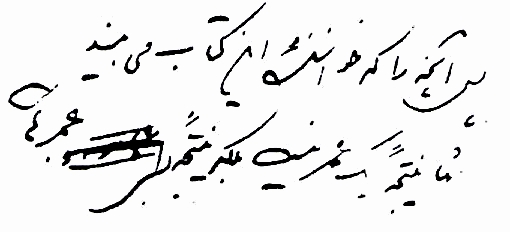
The Persian language stands as a testament to the enduring vitality and cultural richness of Iran and its people. From its ancient roots in the Indo-European family of languages to its modern-day expressions, Persian continues to captivate and inspire with its rich linguistic heritage and enduring legacy. As a bridge between past and present, tradition and innovation, Persian remains a vibrant symbol of Iran’s cultural heritage and a source of pride for Persian speakers worldwide.
The significance of Persian extends beyond its linguistic borders, encompassing a vast cultural and intellectual landscape that has shaped the identities and aspirations of generations. Through its literature, poetry, philosophy, and art, Persian has fostered a deep sense of belonging and shared heritage among diverse communities, transcending geographical and political boundaries. Its influence on world literature, cultural diplomacy, and intellectual discourse underscores the universal appeal and enduring relevance of Persian as a language of creativity, enlightenment, and humanistic values.
As we celebrate the richness and diversity of the Persian language, it is essential to recognize the importance of preserving and promoting its legacy for future generations. Efforts to safeguard Persian language and culture, including language revitalization initiatives, educational programs, and cultural exchanges, are crucial for ensuring that Persian continues to thrive as a living language and cultural heritage. By nurturing a deep appreciation for Persian language and literature, we honor the contributions of past generations and pave the way for a brighter future, where the beauty and wisdom of Persian continue to inspire and enrich the lives of people around the world.

